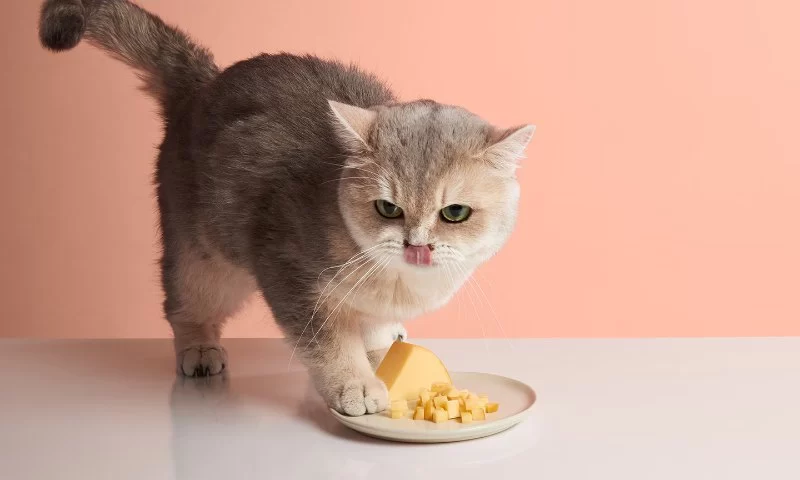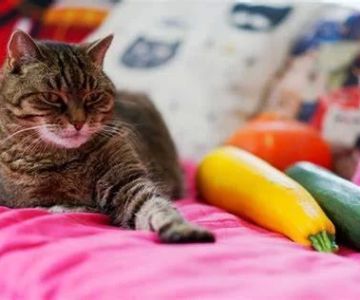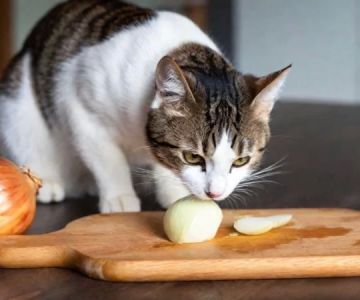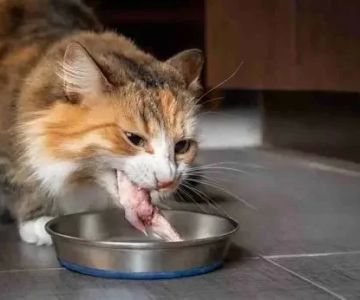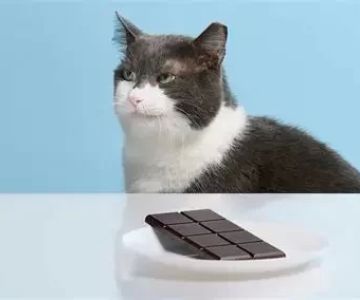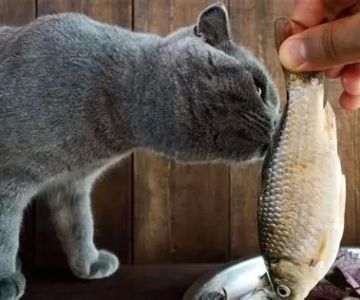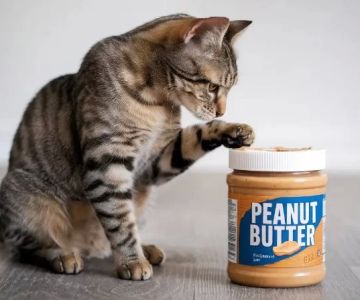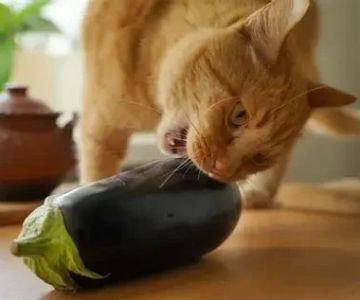- #can-cats-eat-low-fat-cheese - understanding-the-basics - what-it-means-for-cat-health
- #is-low-fat-cheese-safe-for-cats - expert-analysis - real-owner-experiences
- #nutritional-factors - protein-calcium-and-fat-balance - how-it-affects-your-cat
- #signs-of-lactose-intolerance - what-to-watch-for - when-to-call-the-vet
- #real-stories - cat-owners-experiments - lessons-learned
- #feeding-guidelines - safe-amounts - frequency-and-types
- #healthy-alternatives - better-options-than-cheese - vet-recommended-treats
- #hidden-brook-veterinary-recommendation - professional-insight - where-to-get-help
1. Can cats eat low-fat cheese?
It’s a common question among pet owners who want to share a tiny bite of their snack with their furry friends: Can cats eat low-fat cheese? The short answer is yes—but only in very small amounts and not as a regular part of their diet. Cats are obligate carnivores, meaning their bodies are designed to process meat, not dairy. While low-fat cheese might sound like a “healthier” option, there are important nutritional and digestive factors to consider before offering it to your feline companion.
2. Is low-fat cheese safe for cats?
2.1 Expert analysis
Veterinary nutritionists often remind pet owners that most cats are lactose intolerant. After kittenhood, cats produce less lactase—the enzyme that breaks down lactose found in milk and cheese. Even low-fat cheese still contains lactose, though slightly less than full-fat varieties. Feeding too much may lead to stomach discomfort, bloating, or diarrhea.
2.2 Real owner experiences
Some cat owners report giving a pea-sized amount of low-fat mozzarella or cottage cheese as an occasional treat without issues. However, others notice immediate signs of digestive upset. This variation depends on each cat’s tolerance, so moderation and observation are key. At Hidden Brook Veterinary, we’ve seen cats handle small portions fine, but repeated or large servings often lead to gastrointestinal problems.
3. Nutritional factors in low-fat cheese
3.1 Protein, calcium, and fat balance
Low-fat cheese does contain some nutrients beneficial to cats, such as protein and calcium. However, cats already receive adequate protein from meat sources in their regular diet. The extra fat—even reduced-fat—adds unnecessary calories. For an indoor cat, this could gradually lead to weight gain.
3.2 How it affects your cat’s system
Cheese may offer a temporary taste thrill, but it doesn’t provide essential nutrients that your cat can’t get elsewhere. Moreover, artificial flavoring or added salt in some low-fat cheese brands can harm feline kidneys over time. When in doubt, always check the label and avoid seasoned or processed varieties.
4. Signs of lactose intolerance in cats
4.1 What to watch for
If your cat eats low-fat cheese for the first time, monitor for symptoms within 12 hours. Common reactions include loose stool, gas, or vomiting. If you observe persistent discomfort, discontinue cheese immediately.
4.2 When to call the vet
If symptoms last longer than a day or are accompanied by lethargy, contact your veterinarian. Professionals at Hidden Brook Veterinary recommend scheduling a quick consultation to ensure there’s no underlying sensitivity or infection mimicking lactose intolerance.
5. Real stories from cat owners
5.1 Cat owner experiments with cheese
One client at Hidden Brook Veterinary shared that her senior tabby enjoyed tiny crumbs of low-fat cheddar as a pill disguise. This trick worked—until her cat started showing mild diarrhea. By switching to pill pockets recommended by our clinic, the issue resolved immediately. It’s a reminder that even “harmless” snacks can trigger discomfort when given regularly.
5.2 Lessons learned from daily feeding
Another owner used cottage cheese as a treat for training sessions. At first, the cat loved it, but the results were short-lived. Within a week, signs of bloating appeared. The vet advised replacing cheese with freeze-dried chicken bites, which satisfied the cat without digestive upset.
6. Feeding guidelines: how much is safe?
6.1 Safe amounts
If your cat is curious about cheese, limit portions to the size of a fingertip—no more than once a week. Choose plain, low-sodium, low-fat varieties like mozzarella or cottage cheese. Avoid sharp cheddar, blue cheese, or any that contain herbs and garlic, as these can be toxic to cats.
6.2 Frequency and suitable types
Use cheese sparingly, perhaps as a rare bonding snack or medication aid. Always serve at room temperature and avoid giving melted or cooked cheese with added oils or sauces. Consistent moderation is the secret to avoiding health issues.
7. Healthy alternatives to cheese
7.1 Better snack ideas
Instead of cheese, try healthy cat treats made from pure protein sources. Freeze-dried salmon, turkey, or chicken snacks mimic the texture cats love while aligning with their natural diet. You can find vet-approved options from Hidden Brook Veterinary, designed for safe, balanced nutrition.
7.2 Vet-recommended treats
Many cats enjoy treats rich in taurine and Omega-3s for coat and heart health. Choose grain-free products and check that they meet AAFCO standards for feline nutrition. These provide satisfaction without risking digestive upset.
8. Hidden Brook Veterinary recommendation
8.1 Professional insight
Our veterinarians suggest that low-fat cheese should be considered an occasional indulgence, not a dietary staple. Every cat’s digestive system is unique—what’s tolerable for one might upset another. When in doubt, schedule a nutrition review at Hidden Brook Veterinary to tailor your cat’s treat plan.
8.2 Where to get help
If your cat shows interest in dairy products or other human foods, don’t experiment alone. Reach out to Hidden Brook Veterinary for safe recommendations on diet, portion control, and long-term health management. Your cat deserves treats that delight without harm.

